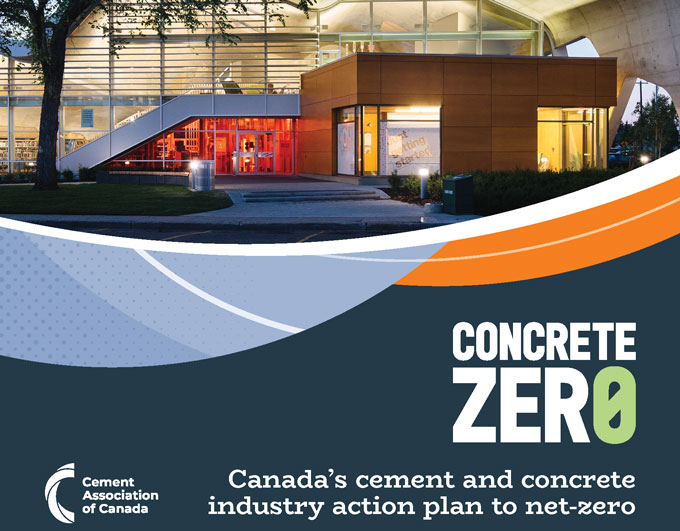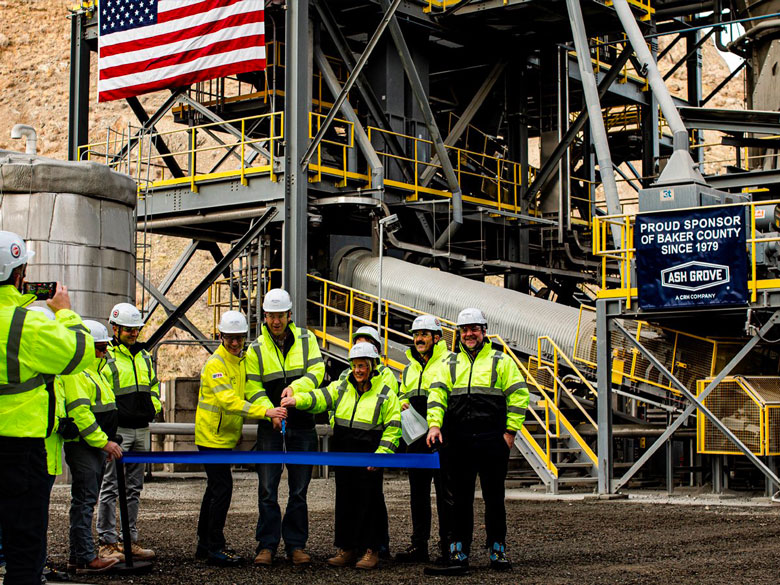The Cement Association of Canada (CAC) – together with its members and partners in the concrete sector – released Concrete Zero, an action plan to ensure Canada’s cement and concrete industry achieves net zero by 2050.

The industry has charted a course toward achieving its goal of 40% emissions reduction by 2030 as part of the Roadmap to Net-Zero Carbon Concrete by 2050 – a unique joint government-industry collaboration. It is also well on its way to transitioning to lower-carbon fuel sources, producing carbon-reduced cements and concretes, and using clean technologies.
The cement and concrete industry is also the first to join Canada’s Net Zero Challenge – putting it at the leading edge of transparently disclosing and verifying carbon emission reductions.
To reach net zero, the industry will focus its efforts in the following five priority areas:
- Eliminating the use of coal and petroleum coke as fuel sources for clinker production, while increasing the use of lower-carbon and alternative fuels – including engineered biomass and green hydrogen – which will help drive down emissions. By 2050, 100% of fuel mix will come from non-fossil-based sources.
- Reducing the volume of clinker used to produce cement – which will achieve a 1.5 Mt CO2 emissions reduction over the course of the decade. After 2030, the use of innovative materials, natural pozzolans, and beneficiated waste and recovered materials will increase. In 2050, 4.8 Mt CO2 in emissions reductions will be realized from the reduction of clinker in cement, and cement in concrete compared to a business-as-usual scenario.
- Increasing the use of supplementary cementitious materials in the form of fly ash and ground granulated blast-furnace slag will also play an important role, as will introducing ground limestone, recycled concrete fines, calcined clays, and other new promising materials.
- Working toward building carbon capture, utilization and storage (CCUS) capacity. Part of that effort will be to build – by 2030 – North America’s first commercial deployment of a full-scale carbon capture and storage project at a cement plant.
- Advocating for performance-based codes, standards and specifications, procurement policies, and increased material efficiency in construction.
“Our net-zero action plan is ambitious and cannot be achieved by industry action alone. Working with government, industry, and partners in the design, architecture, and construction industry will be essential for success. Canada’s cement and concrete industry are committed to doing our part to help Canada build a better, cleaner future. Working together, we can deliver concrete zero,” said CAC President and CEO Adam Auer.



